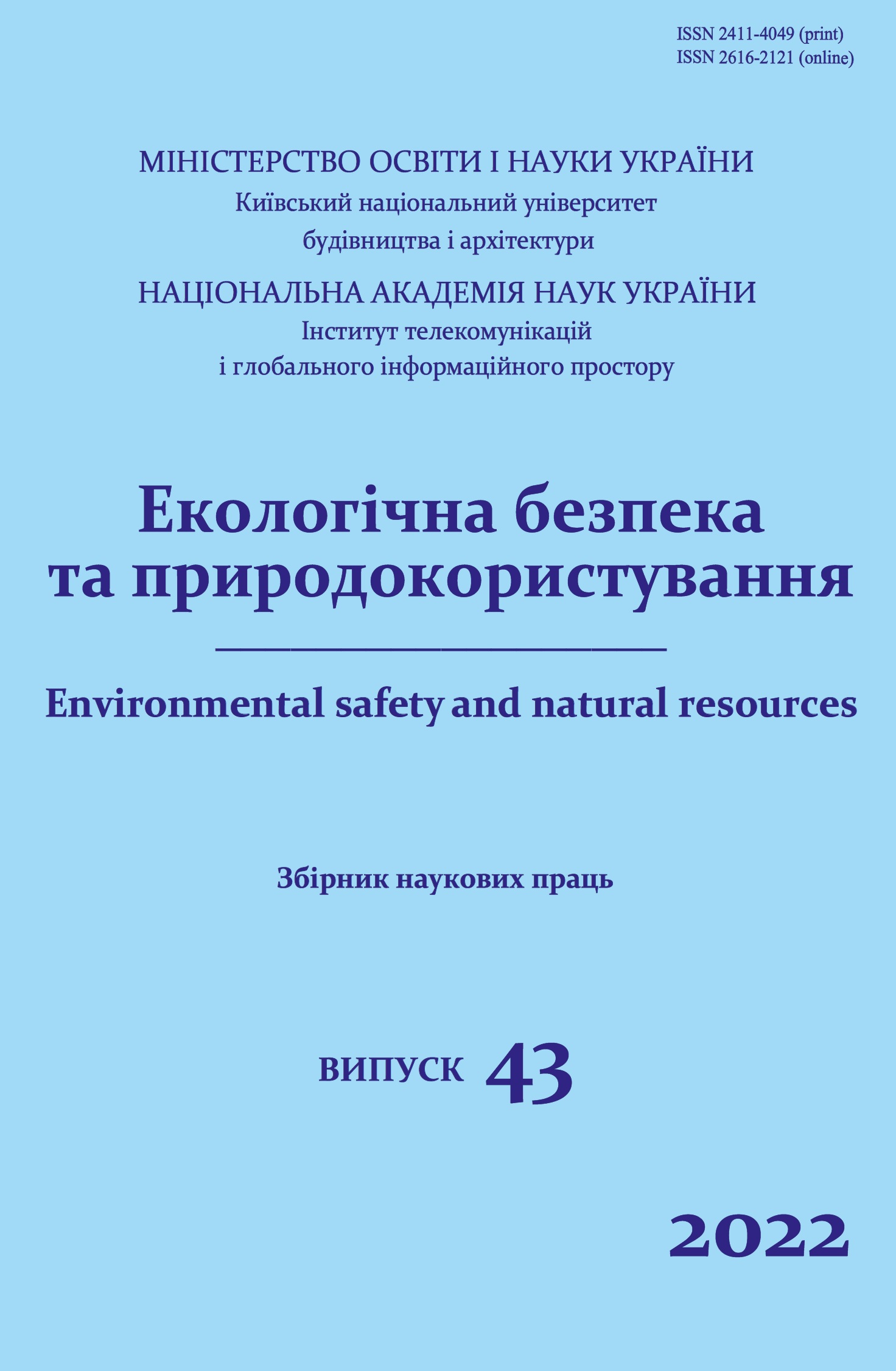Assessment of degradation of semidesert and arıd steppe field landscapes and pasture lands under the condition of modern climate change
DOI:
https://doi.org/10.32347/2411-4049.2022.3.56-63Keywords:
climate changes, arid landscapes, semi-desert and dry field climate, soil degradation, soil usefulnessAbstract
It was determined that degradation of pasture soils in semi-desert and arid field landscapes of the Kur depression intensified under the condition of modern climate changes. Temperature rose 1,2°C, the precipitations amount was 65,7 mm in 1995–2015 in comparison with 1970–1994. These changes are resulted in landscape desertification and soils degradation. Main criteria were adopted for degradation assessment, and plant cover degradation, water erosion, defilation and salinization are concerned here. The features of these processes were defined depending on desertification degrees. The pastures were divided into 3 parts: useful, limited useful, useless. The relief of the useful zone occupies the zones with unchanged morphological signs less than 7° of inclined degree, and not exposed to negative processes, with the precipitations amount more than 300 mm. The limited useful pastures are: morphological signs changed to a mean degree (inclination of soils is 17–15°), exposed to changed negative processes to a weak and mean degree, precipitation number is 300–250 mm. The useless soils are: inclination is more than 15°, morphological features are fully disturbed, strongly exposed to negative processes, the precipitation number is less than 250 mm.
References
Shikhlinsky, A. (1991). Agroclimate map of the Azerbaijan Republic. Scale 1:600000. Baku: Academician.
Babayev, M.P., & Gurbanov, E.A. (2008). Investigation of desertification-soil degradation. Baku: “Elm” (Science).
Babayev, M.P., Gurbanov, E.A., & Hasanov, V.H. (2010). Soil degradation and protection in Azerbaijan. Baku: “Elm” (Science).
Museyibov, M.A. (2006). Physico-geography of Azerbaijan. Baku: Enlightenment publishing.
Mustafayev, M.G. (2015). Criteria for the evaluation of reclamation status of soils in the Mugan-Salyan massif. Journal of water and land development, 24(I-III), Poland, 21-26.
Mustafayev, M.G. (2020). Change of the Salts Quantity and Type in the Irrigated Soils of the Mughan Plain and Their Impact on Plants Productivity. International Journal of Food Science and Agriculture, 4(2), 101-108.
Gurbanov, E.A. (2016). Effect of climate changes. Baku: “Muallim” (Teacher) publishing.
Gurbanov, E.A. (2018). Scientific Bases of change and protection of the Kur-Araz lowland soils under anthropogenic influence (dis. synopsis of thesis). Baku.
Bikov, B.A. (1983). Ecological dictionary. Alma-Ata: Science.
Mustafayev, M.G., & Mustafayev, F.M. (2019). Water-salt regime in the meliorated Soils of the Shirvan Plain and their influence on agricultural plants productivity (Ujar Support Station). Budownictwo o zoptymalizowanym potencjale energetycznym, Polsha, 8(2), 9-15.
Mustafaev, M.G. (2008). The influence of soil and climatic conditions of Mugano-Salyan array for agricultural production. J. News and Agrarian Science, Tbilisi, 6(3), 44-47.
Downloads
Published
How to Cite
Issue
Section
License
Copyright (c) 2022 Qurbanov E.A., Mustafayev M.G.

This work is licensed under a Creative Commons Attribution 4.0 International License.
The journal «Environmental safety and natural resources» works under Creative Commons Attribution 4.0 International (CC BY 4.0).
The licensing policy is compatible with the overwhelming majority of open access and archiving policies.

